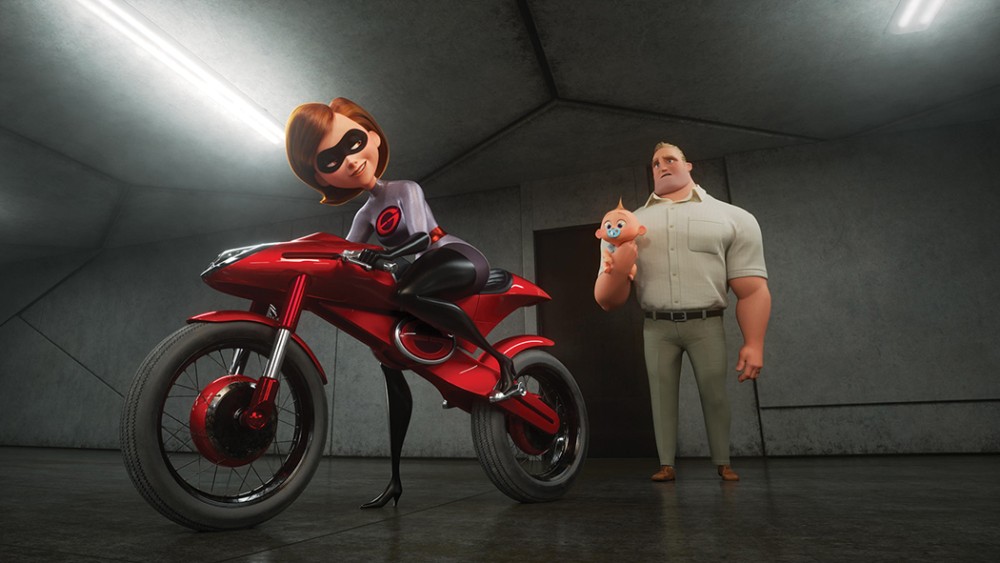The Incredibles are back, with a more collaborative vision
Elastigirl is the hero we need.

Amid a plethora of tired summertime movie sequels, Incredibles 2 stands out. Fourteen years in the making, Incredibles 2 is a superhero movie critiquing what it means to believe in superheroes. Superheroes usually operate against a backdrop of planetary dimensions and apocalyptic danger, and by definition superheroes are extraordinary and unique. When we are watching them, we are encouraged to feel extraordinary and unique, too. No one leaves a superhero movie thinking, “I guess I should accept my position of mediocrity and let truly extraordinary people take center stage.”
The first Incredibles played with this genre but essentially accepted its parameters. The villain of the first Incredibles movie (2004) was a nerdy wannabe superhero kid who grows up to be an adult with delusions of grandeur. Using technology instead of super-skills, he plans to displace and surpass superheroes. When he is bored with this enterprise, he will sell his technology to the rest of the world so everyone can be a superhero. As he says in his grand evil monologue, “when everyone is super, no one is.”
In The Incredibles, such a fate would be worse than the destruction of the world. The drama of the film revolves around whether the supers will be allowed to be extraordinary or if society will instead enshrine mediocrity in the name of fairness. Some of this is a baby boomer critique of the “everyone gets a trophy” style of Gen X parenting. But there is also an undercurrent of Ayn Rand–style philosophizing that felt a little disquieting even in 2004. The message “let the extraordinary people be extraordinary” is always tinged with classism, sexism, and racism whenever applied to the real world. In a country where everyone is encouraged to think of themselves as potentially extraordinary, privilege is often mistaken for giftedness.





